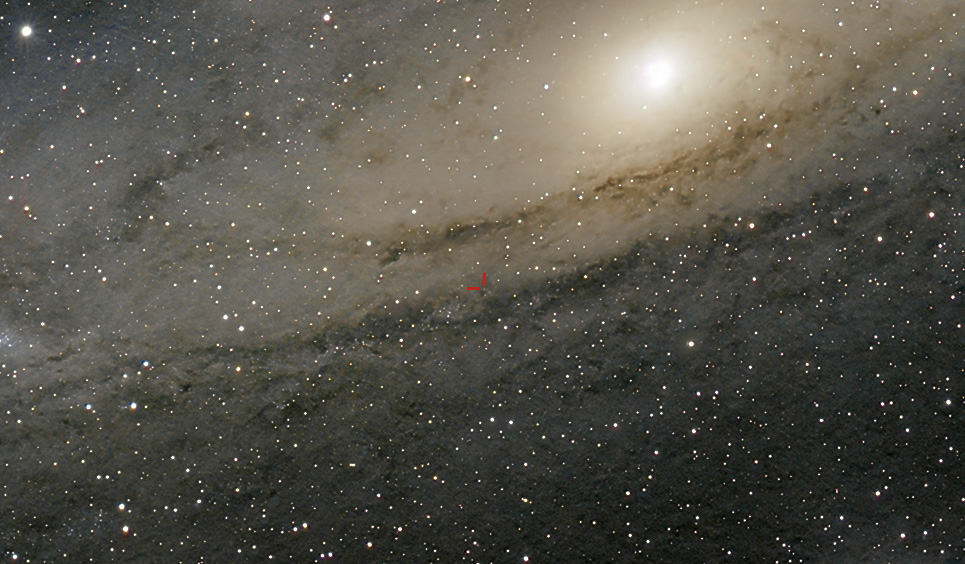| |
Under the stars with the Wave 100i
11/17/2025. Last night was a dumpster fire. My polar alignment was a joke, but I stll got decent tracking (2.0-2.2 arcsec) -- I just happened to miss my targert (NGC 7023, the Iris Nebula) which was just on the edge of the frame. Tonight things are going much better. Here's what's different: I used the small finder I intended to put on parallel cylinders (but have now put on an Arca plate instead) for rough polar alignment and for initial star alignments. I've also developed a better appreciation for the actual function of star alignment (it's just for finding stuff) and polar alignment (yes, I know what polar alignment is all about, but don't confuse the two) and how they do and don't play together in SkyWatcher world. I think the former informs the latter in the SynScan Pro app, but I haven't quite got that nailed [ETA: it appears that a 2-star alignment with each alignment concluded with "right" and "up" adjustments can inform the in-app polar alignment routine which will prompt for the needed adjustments; that seems both fiddly and ingenious at the same time; work on this]. In any event, merely using a makeshift polar scope results in much improved, but not yet refined, polar alignment which resulted in much better aiming and better tracking. (~1.0 arcseconds with plenty of intervals in the high fractions). I redid the Iris nebula beginning at the end of twilight, but total exposure on that subject was limited by high clouids. Another time.... Tonight's prizes came later:

M31. 263x30s (2h12m). 400mm Nikkor F2.8, Canon R6, ISO 1600. Wave 100i mount. Guided.
flatted, no darks. Click to enbiggen.
By cropping that image tightly and looking closely, the lens the Sacramento Bee used for sports and news photography reveals the star Edwin Hubble studied to redefine the scale of the universe in 1923. Here, marked by short red bars, is V1, Hubble's "VAR!" sitting pretty at around magnitude 19:

Make it big.
After placing the finder in the main saddle (which looks absurd) and aiming the RA axis to my best guess at the location of the pole, offset just a bit from Polaris, I slewed to Vega and centered that star with the buttons. Then I replaced the finder with the 400mm F2.8 and Canon R6. Slewing from Vega, both NGC 7023 and M31 were almost centered. Piece of cake. The only wired connections were the power cord from the battery to the mount and the USB cable from the ASI120 Mini to the computer. No ST4 cable, EQMod, or other USB wires were involved. Mount and guiding commands from PHD2 were all wireless. To do this, in PHD2 connect the guide camera as usual and for the mount select "Synscan Pro App (ASCOM)" and local IP ("192..."). Command, calibration and guiding work exactly as with wired connections. Neat.
Walking noise in the finished stack shows that the guide package is aimed about a degree low and a little left of the center of the main's field of view. In the morning, I cleaned up the guide pieces and shimmed the guide 'scope. The odds are at least a little better than 50:50 that I moved its aim the right way. When I brought it all in in anticipation of rain, I packed it up as if I had plans better than merely waiting out the clouds. Note that there really aren't fewer packs than when taking the A-P mount out for a walk, but now the heaviest piece is just 18 pounds. It's a much more inviting prospect. I could reduce the piece count substantially by leaving the mount and tripod assembled, but I'll start off doing it right.
:: top :: |